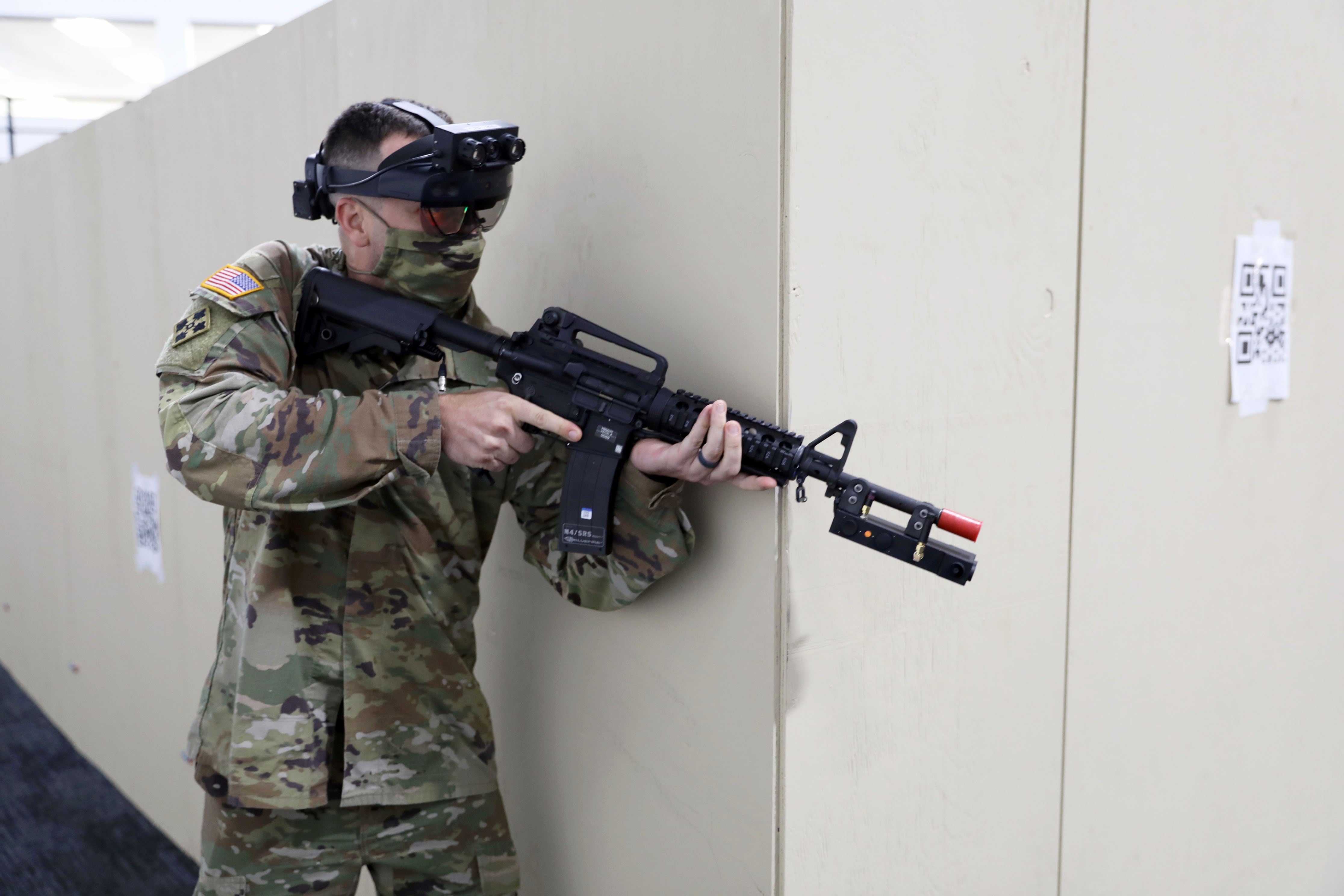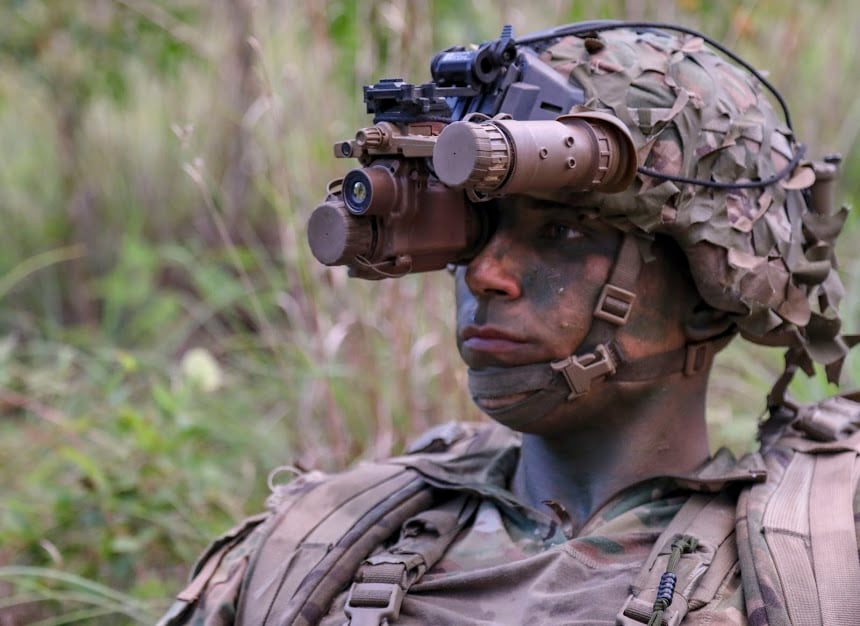The Army unit focused on soldier gear is best known recently for its work on a new all-encompassing goggle as well as small arms to replace decades-old light machine guns and carbines.
But Program Executive Office Soldier has a lot of other items it has already fielded or plans to release, including the Army’s Green Service Uniform, advanced night vision goggles, a powered rail for weapons and a way to nearly wirelessly connect everything on the soldier.
Brig. Gen. Anthony Potts, who leads PEO Soldier, spoke with Army Times ahead of this year’s Association of the U.S. Army conference to his organization’s portfolio.
RELATED

One of the most impactful events for the office came this year with the opening of the Soldier Integration Facility at PEO Soldier’s headquarters on Fort Belvoir, Virginia. The SIF is where the Army’s gear experts can test equipment in various scenarios to get soldier feedback during in the design process.

“The SIF is fully functional, we’ve now run multiple exercises,” Potts said.
Army Times got a sneak peek of the facility in August and ran through a shoot house scenario using features of a prototype “do-it-all” goggle, known as the Integrated Visual Augmentation System.
That scenario was run through the Squad Immersive Virtual Trainer, which gives users real-time feedback during a virtual shoot. It also allows for map overlays and instant replay for immediate after-action reviews.
The SIF is also key to how PEO Soldier is developing its Adaptive Squad Architecture, the backbone for all of the new devices and technology that soldiers will use when the service fields IVAS and the Next Generation Squad Weapon. The architecture also helps moderate battery power as well as a host of signals and communication that flows through the soldier’s gear and is then shared with higher headquarters.
But the hardware that makes it work is simple when compared to the development potential amid the Army’s plan to integrate a kind of App Store for the device. That application of software solutions — which could help refine target acquisition, or provide biofeedback on soldiers during training or combat — provides substantial gains in tech-soldier combinations, Potts said.
“We’ve broken down every single member of a squad: what they carry, physical characteristics, all of the weight,” he said. That way developers can look at the soldier as a system, and see if they add weight, where it might overload.
Or, he added, developers look to combine multiple capabilities into a single device to increase lethality while reducing the load.
“We’re in the infancy stage on this,” Potts noted. “I think the growth potential is massive.”

Gear that’s currently being fielded to units includes the Joint Effects Targeting System, a 5-pound item that can deliver ordnance from nearly any platform, including an M777 howitzer and an F-35 fighter jet, Potts said. That was delivered to 3rd Battalion, 75th Ranger Regiment in July, he added.
Meanwhile, the Green Service Uniform is headed to every soldier in the Army. The uniform is redesigned from World War II apparel, and a former sergeant major of the Army and other top leaders, including Chief of Staff Gen. James McConville, have sported the wear in recent years. Recruiters and drill sergeants have also been issued the uniform.
Soldiers at the Army’s Field Artillery School at Fort Sill, Oklahoma, will be the first incoming soldiers to receive the uniform in their clothing bag starting this month, Potts said.
Todd South has written about crime, courts, government and the military for multiple publications since 2004 and was named a 2014 Pulitzer finalist for a co-written project on witness intimidation. Todd is a Marine veteran of the Iraq War.




